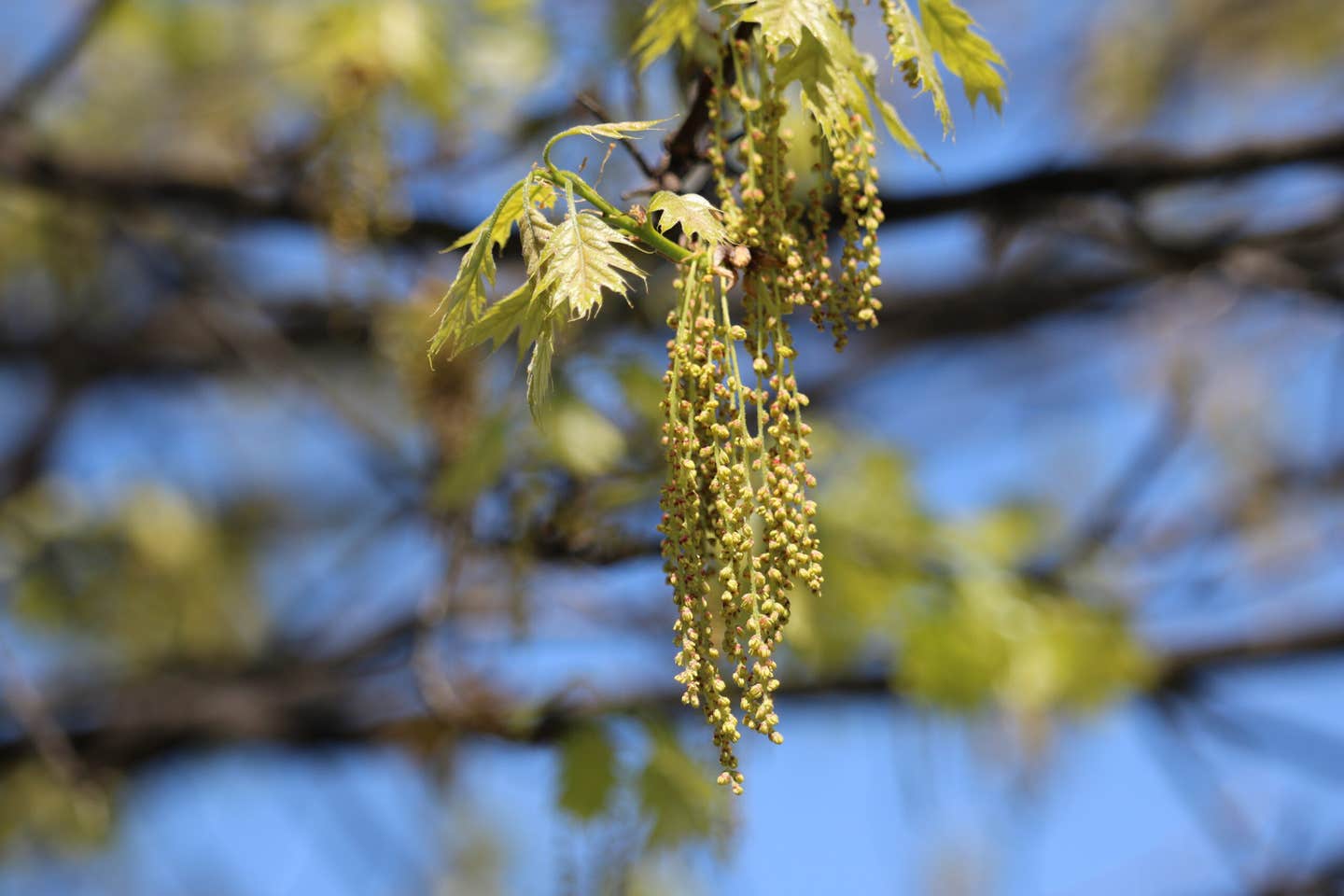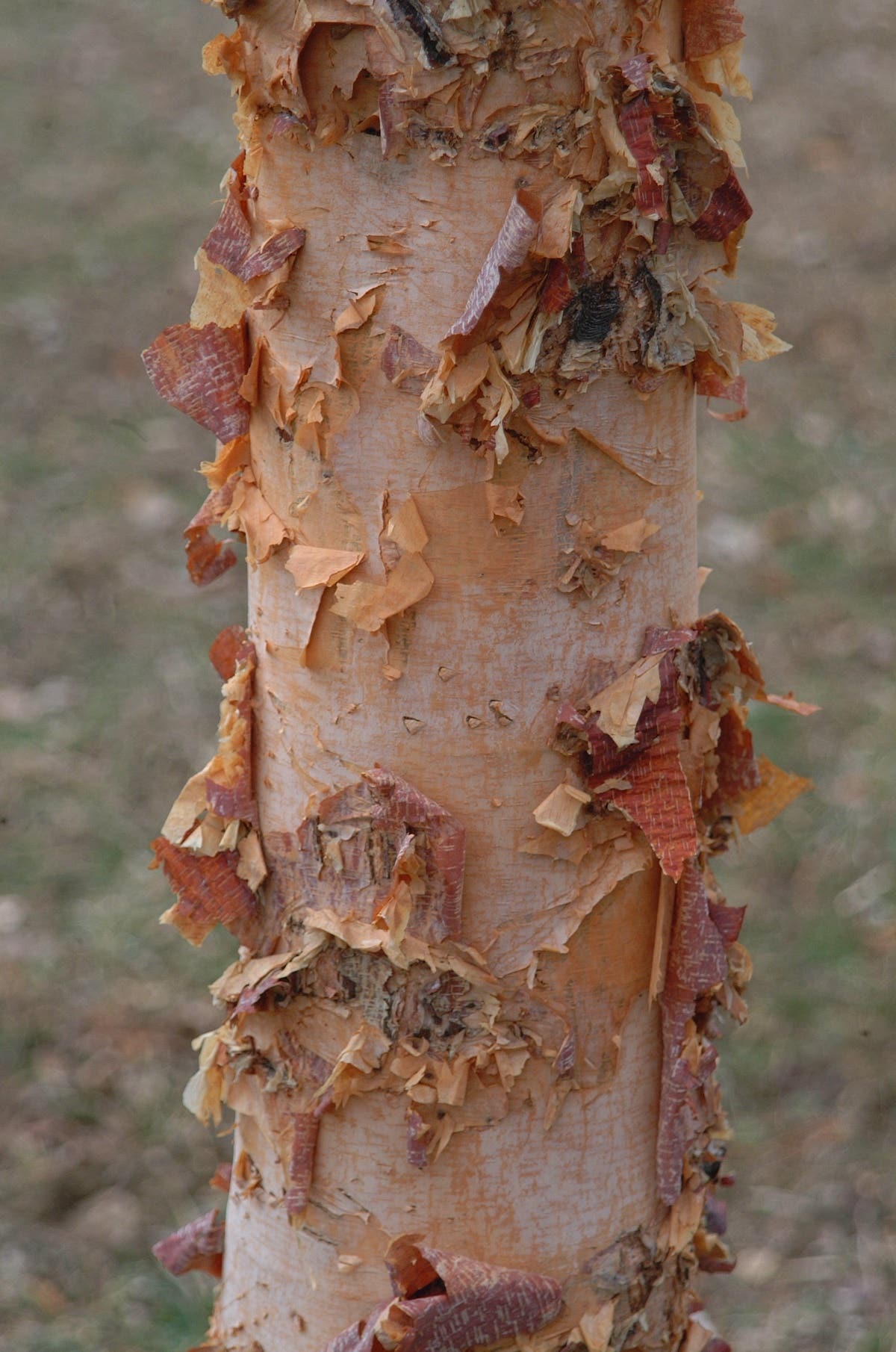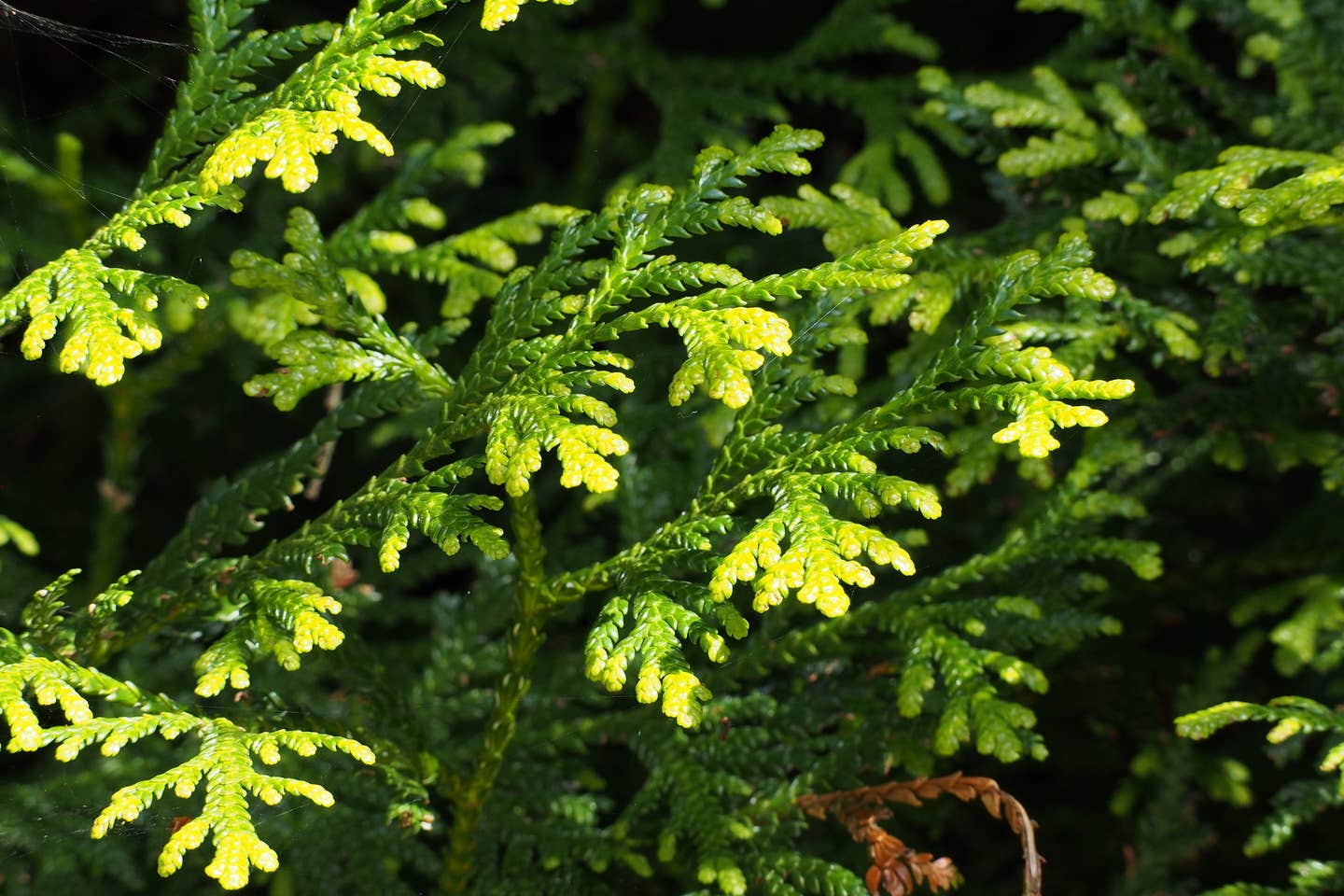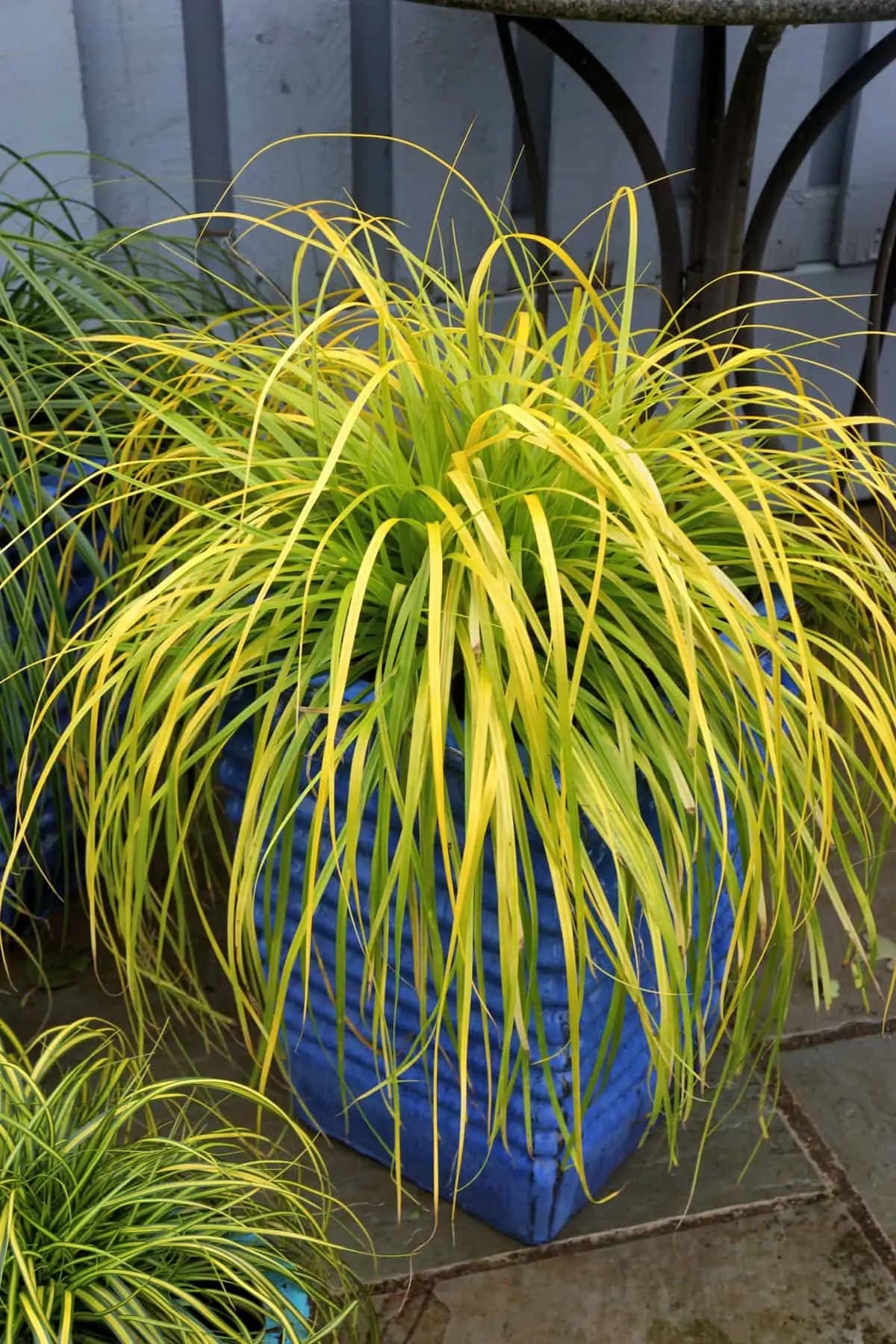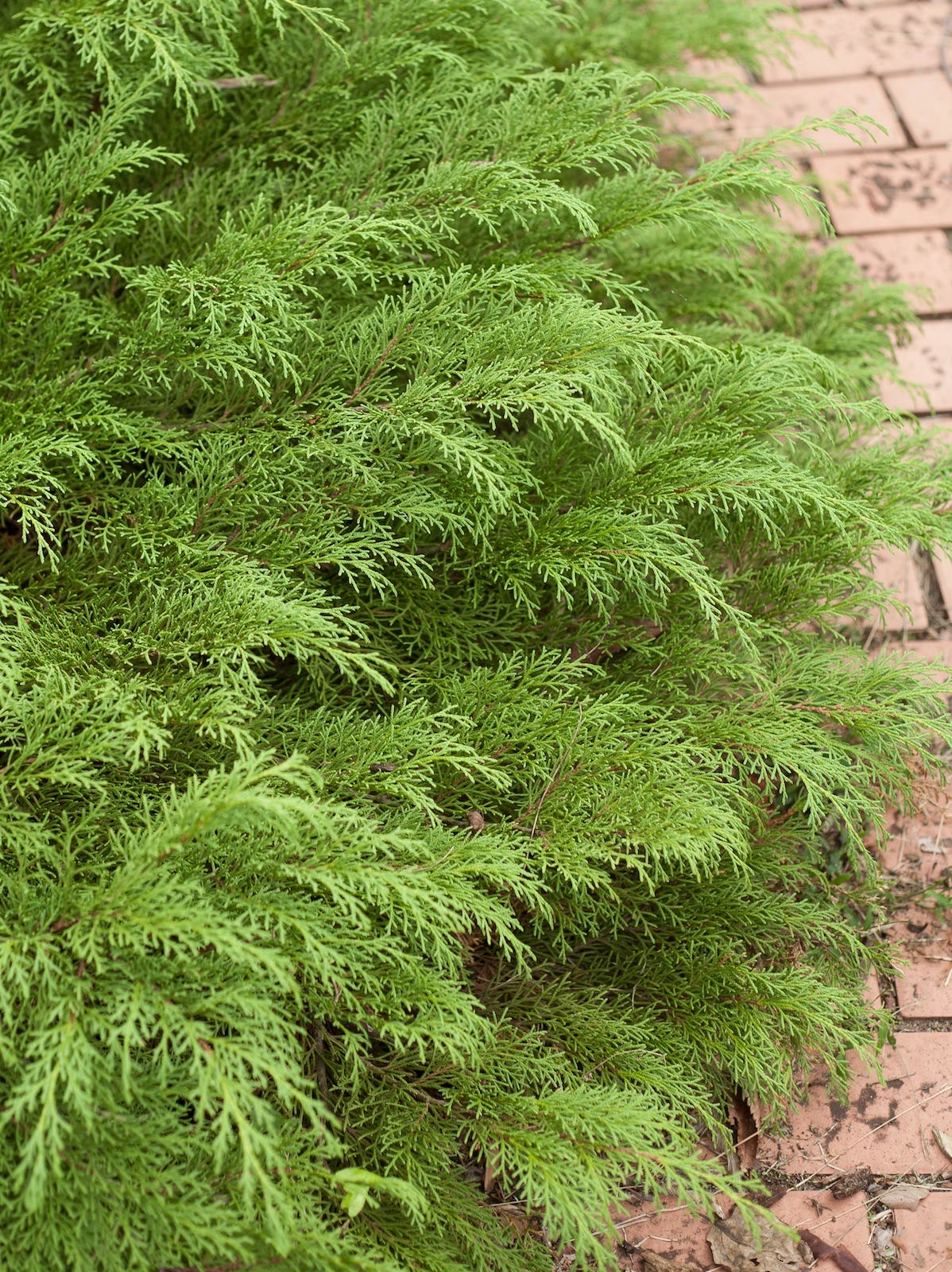Bonfire Spurge Creates a Color-changing Show in the Garden
From spring through fall, its leaves offer a color-changing display that adds constant interest to sunny or partially shaded beds and borders.
Virtues: 'Bonfire' cushion spurge is a low, mounded perennial plant with amazingly colorful foliage. From spring through fall, its leaves offer a color-changing display that adds constant interest to sunny or partially shaded beds and borders.
Common name: 'Bonfire' cushion spurge
Botanical name: Euphorbia polychroma 'Bonfire'
Exposure: Full sun to part shade
Flowers: In late spring, button-like clusters of tiny flowers surrounded by larger, bright gold bracts open at the tip of each branch.
Foliage: The narrow leaves of 'Bonfire' cushion spurge create an allover multicolored effect on the plant. Newer leaves, at the top of the stems, emerge bright green in spring but soon turn bright orange to purple, whil older growth at the bottom of the stems is a purplish green. In the high heat of summer the entire plant can look deep burgundy, while in the fall all the leaves turn red.
Habit: Cushion spurge is indeed a cushion-like plant. It has a low, mounded shape. It grows to 18 inches tall and 36 inches wide.
Origin: 'Bonfire' is a cultivar of the species Euphorbia polychroma, which is native to central and southeastern Europe into Turkey.
How to grow it: Site 'Bonfire' euphorbia in full sun to part shade, in average soil with good drainage. In the southern regions of its growing range, it will do best with part shade, particularly with protection from hot midday or afternoon sun. However, shade can cause any suction spurge to lose its tight shape, opening up from its middle. To avoid this, cut the stems back to about four inches tall just after the spring bloom. This will encourage new, compact growth. It can also be renewed by dividing it in spring. Be aware that like other euphorbias, this plant contains a milky sap that will ooze and can cause skin irritation; wear gloves when working with it. The plant is poisonous if ingested. Its water needs are low to moderate. USDA Zones 5–9.
Image credit: Walters Gardens



